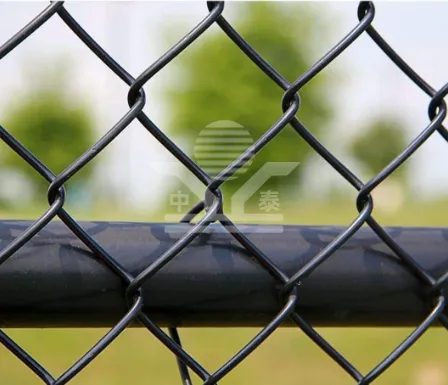Understanding Steel Grating Thickness A Comprehensive Guide
Steel grating is an essential component in various industrial applications, known for its strength, durability, and versatility. One of the critical factors to consider when choosing steel grating for any project is its thickness. The thickness of steel grating plays a significant role in determining its load-bearing capacity, overall strength, and suitability for specific applications. In this article, we will explore the importance of steel grating thickness, its impact on performance, and key considerations when selecting the right thickness for your needs.
The Role of Thickness in Steel Grating
Steel grating is typically made from carbon steel or stainless steel and comes in different materials, sizes, and thicknesses. The thickness usually ranges from 1/4 inch to 1 inch, depending on the type and intended use of the grating. Thicker grating generally offers higher load-bearing capabilities and better resistance to impacts or abuse. However, the required thickness primarily depends on the grating's application, environment, and anticipated loads.
Load-Bearing Capacity
One of the most critical aspects of steel grating thickness is its load-bearing capacity. Thicker grating can support heavier loads without deforming or failing. For instance, in industrial settings where heavy machinery is often used, thicker steel grating might be necessary to ensure safety and durability. Conversely, for lighter applications, such as walkways or drainage covers, thinner grating may suffice. It is essential to know the expected load and choose a thickness that guarantees safety and performance.
Corrosion Resistance and Environment
steel grating thickness

Another factor influencing the choice of steel grating thickness is the environment in which it will be used. In corrosive environments, such as chemical plants or coastal areas, the thickness can impact the longevity of the grating. Thicker grating may offer better protection against corrosion, especially when coated with protective materials like galvanization or paint. Stainless steel grating, although typically more expensive, provides excellent corrosion resistance and is suitable for environments where durability is a priority.
Cost Considerations
Thickness also plays a critical role in the cost of steel grating. Generally, thicker materials come at a higher cost due to the increased materials and manufacturing requirements. When budgeting for a project, it’s essential to balance the need for thicker grating with the overall project costs. An appropriate assessment of expected loads, environmental conditions, and long-term benefits can help in making an informed decision.
Installation and Handling
The thickness of steel grating also affects installation and handling. Thicker grating can be more challenging to handle and install, requiring specialized equipment and more labor. On the other hand, thinner grating can be more manageable but might not provide the same level of strength. Considering the installation process, available equipment, and workforce capabilities is vital when selecting the appropriate thickness.
Conclusion
In conclusion, the thickness of steel grating is a critical factor that impacts its performance, safety, and cost-effectiveness in various applications. When selecting the right thickness, it is essential to consider load-bearing requirements, environmental conditions, corrosion resistance, and installation factors. By carefully evaluating these aspects, you can ensure that you choose the most suitable steel grating for your specific needs, leading to enhanced durability and functionality in your projects. Always consult with a supplier or an engineer to determine the best options and make informed decisions based on the particular demands of your application.
-
Why Galvanized Trench Cover Steel Grating Resists Corrosion
NewsJul.10,2025
-
The Versatility and Strength of Stainless Expanded Metal Mesh
NewsJul.10,2025
-
Load Calculations in Steel Grating Platforms
NewsJul.10,2025
-
Keeping Pets and Kids Safe with Chicken Wire Deck Railing
NewsJul.10,2025
-
Hole Diameter and Pitch for Round Perforated Metal Sheets
NewsJul.10,2025
-
Aluminium Diamond Mesh in Modern Architecture
NewsJul.10,2025
Subscribe now!
Stay up to date with the latest on Fry Steeland industry news.

